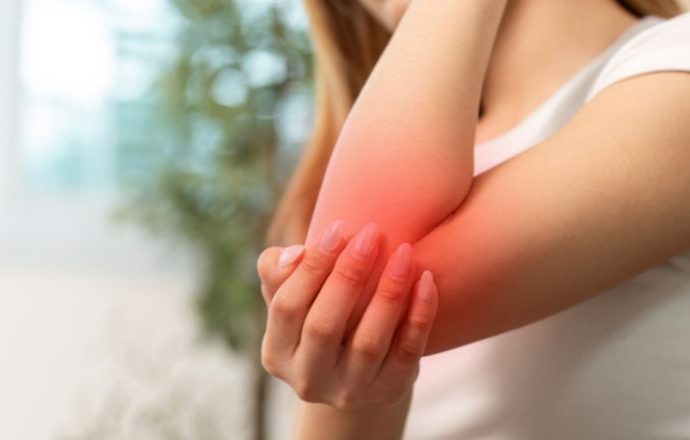Pain is the most deadly experience. You can’t move properly, you can’t do your favorite thing. You can do your work properly. It affects your life so badly that you start losing yourself.
It takes away your family life and your work-life balance. That is why curing pain is the most important thing to conquer.
What is Tramadol?
Tramadol is an opioid medicine. It is licensed to treat severe pain in adults when other pain relievers have failed.
Pain receptors exist throughout the body, including the brain, spinal cord, and stomach.
Tramadol works by binding to opioid receptors and blocking pain signals. So, even if your body is aching, such as after an injury, taking tramadol or another opioid will reduce the intensity of your pain.
However, unlike other opioids, tramadol enhances the activity of two molecules in the body: serotonin and norepinephrine. It is hypothesized that increased amounts of these substances can reduce the severity of pain.
Uses of Tramadol
Researchers and clinicians do not understand tramadol’s specific mechanism of action, although it is comparable to morphine. Tramadol, like morphine, attaches to brain receptors (narcotic or opioid receptors) that are responsible for sending pain sensations from all over the body.
Tramadol, like other drugs used to alleviate pain, may be abused and addictive.
Tramadol is not a nonsteroidal anti-inflammatory medicine (NSAID), hence it does not carry the increased risk of stomach ulcers and internal bleeding associated with NSAIDs.
Doctors prescribe tramadol to treat moderate to severe pain. Extended-release pills are indicated for moderate to moderately severe chronic pain in people who need continuous therapy for an extended period.
Dosage of Tramadol
Adult dose (ages 18–64 years)
- Immediate release tablet:
- Typical daily dosage: Every three days, raise the total daily dosage by 50 mg as tolerated to reach 200 mg (50 mg four times each day).
- Maintenance dose is 50-100 mg every 4-6 hours, as required.
- Maximum daily dosage: 400 mg.
- Extended-release tablets:
- Typical beginning dose: 100 mg once daily.
- Dosage increase: Your doctor may gradually raise your dose by 100 mg every 5 days.
- Maximum daily dosage: 300 mg.
- Typical starting dose: Your doctor will base your new dosage on your prior immediate-release dose.
- Maximum daily dosage: 300 mg.
Child dose (ages 0 to 17 years)
- Typical daily dosage: Every three days, raise the total daily dosage by 50 mg as tolerated to reach 200 mg (50 mg four times each day).
- Maintenance dose is 50-100 mg every 4-6 hours, as required.
- Maximum daily dosage: 400 mg.
The safety and efficacy of tramadol in children under 17 years old are unknown. It should not be used with youngsters of this age.
Senior dosage (aged 65 and older)
The liver and kidneys of elderly persons may not function as well as they once did. This may cause your body to metabolize medications more slowly. As a result, more of the medicine remains in your body for a longer period. This increases your risk of experiencing negative effects.
Your doctor may start you on a lesser dose or a modified dosing regimen. This can help limit the medication levels in your body from becoming too high.
If you are over 75 years old, the maximum daily dosage of the immediate-release pill is 300 mg.
Get Next Day Delivery of Tramadol From Painmeds365!
Painmeds365 provides you next day delivery of medicines at the best prices. We have safe and good quality medicines that ensure your safety and no side effects.
Our staff make sure you get the fastest delivery of your medicine and get ultimate relief from your problem. Order the affordable and best quality medicines from us now!











